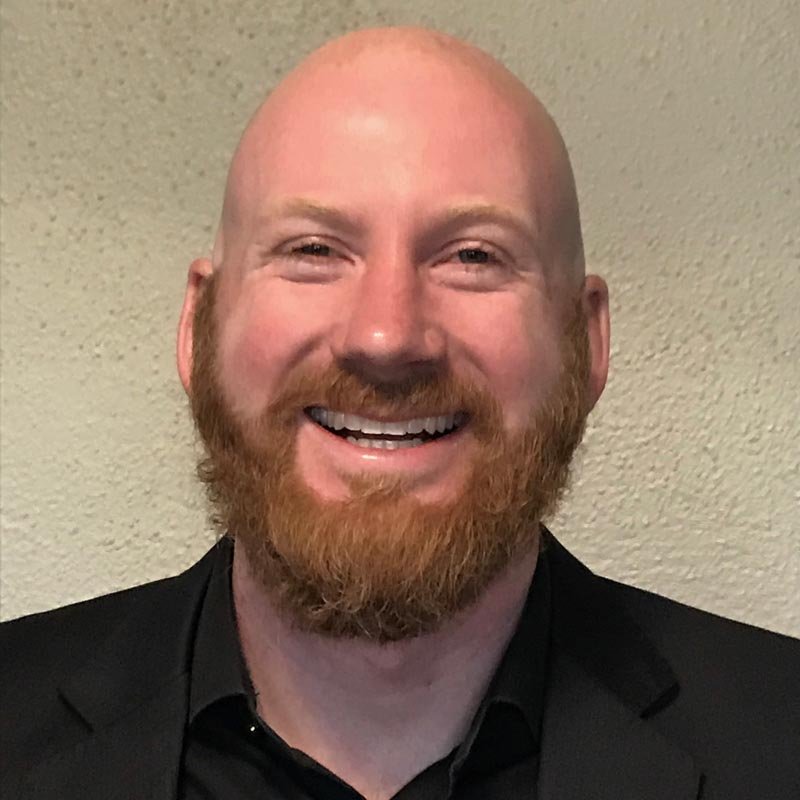#041 - Called into existence: Our trans and queer identities
/In our popular culture, and in many of our families, there have been very few examples of trans and queer identities. My first exposure to anything non-heterosexual was reading “Rubyfruit Jungle,” by Rita Mae Brown, in the 1990s when I was a teenager. I can still recall the feeling of reading about this totally “other” culture: lesbianism. I simultaneously felt excited and ashamed. I knew I was like the lesbians Brown described, but I had no idea what to do with that information. Eventually I was able to come out to others and myself; first as lesbian, then gay, and finally the more fitting term of queer. My first experience with the terms genderqueer, (one who does not subscribe to conventional gender distinctions), and transgender were many years later when I realized that my sexuality and my gender were two different things. This opened my eyes profoundly, and over time I came out again, this time as genderqueer in terms of my gender identity.
I’m grateful that I live in a time and place that allows for this exploration and access to information that has helped me see myself and claim my gender identity and sexuality. Yet as I look back through my history I wonder what were the impacts of not being seen, not being named, not having my very identity called into existence by my culture and family, let alone honored. Jean-Paul Sarte, an existentialist philosopher, states that we can only come into existence as we gaze into the eyes of an “other.” This way our very existence is mirrored back to us through the other and we become self-actualized. My experience, and I imagine that of many other queer and trans folks, is that our queer and trans identities were not mirrored back and thus became dissociated parts of our bodies and psyches.
For significant aspects of our identities to remain unseen causes a vast array of problems. Even at the level of our nervous system, we can see, through Edward Tronick’s “Still Face Experiment,” a rapid movement to deregulation in the child’s nervous system when the mother is unresponsive to its bids for contact. In the experiment, a mother and her one year old child are playing and interacting. Then the mother turns away and turns back with a “still face,” (akin to an emotionless mannequin’s face), for about 3 minutes.
The child immediately senses something is wrong and tries everything she can to get the mother to engage again. While the mother still does not respond, the child cries, screeches, but eventually looks away. The child begins to move from hyperarousal to hypoarousal. If this were to continue off and on over the months and years, without repair, we would call this “developmental trauma,” one of the most difficult traumas to treat. On the familial level this “Still Face” happens to the ignored parts of the trans and queer child. The child makes subtle, or not so subtle, bids for contact from their gender identity. Possibly wearing the opposite gender's clothing or having interest in the opposite gender’s toys. Depending on the response from family and society, the child may experience this exploration in gender as invoking dysregulation or dismissal from the caretakers, leading to a failure in empathic attunement and thus dysregulation in the child. In terms of society, especially before a few years ago, images and narratives that included trans and queer people were almost unheard of. Not seeing your identity mirrored back to you from popular culture creates a sense of isolation that is incredibly detrimental to healthy development.
Given Sartes’ description of how we come into existence, via the eyes of an “other,” I see the “Still Facing” of society and our families toward our trans and queer identities as a major contributor to developmental trauma. This is trauma that many trans and queer people experience as we try to navigate a world that is intent on erasing or assimilating us. Throughout the lifespan we need our identities to be seen and interacted with for a healthy sense of self to emerge through the developmental stages.
We can’t go back and redo our childhoods, but we can seek support to create corrective experiences that fill in the developmental gaps that were formed by having our identities neglected. We can acknowledge that the deep wounding is not only from the outright rejection and abuse we experienced, but from the thousands of times that our queer and trans identities looked out into the world searching for an “other” to see them, and thus bring them into existence, but were met with a void. When we do our best to meet our own vulnerable parts with love, compassion, and curiosity, we can heal. When we reach, yet again, towards an “other” we can create experiences where our identities, and very existence, are brought into being. We might, for the first time, feel our feet on the ground as we encounter our center via the willingness to see ourselves and allow our identities to be seen by an “other.”


